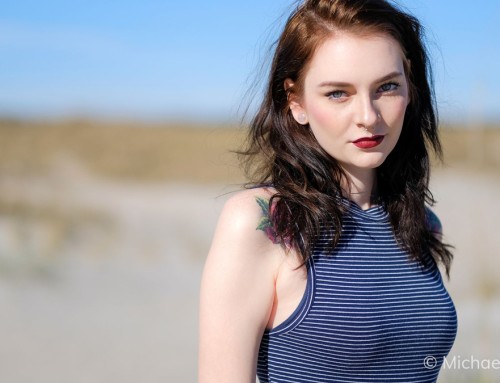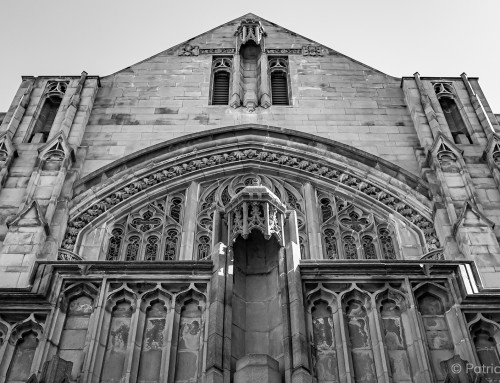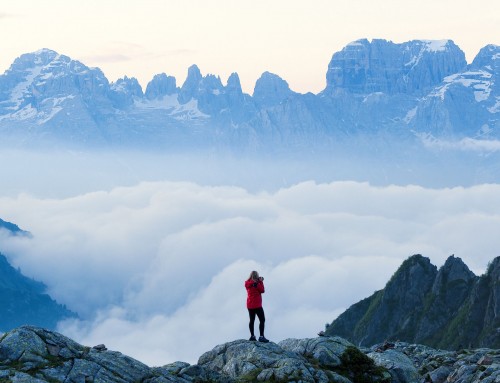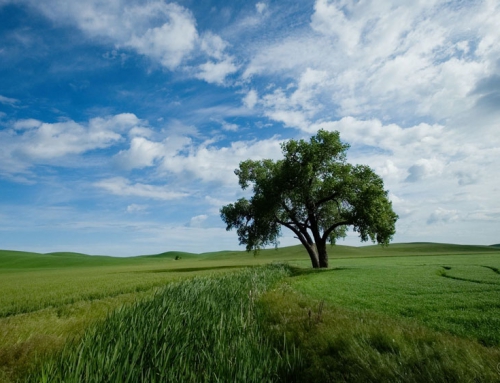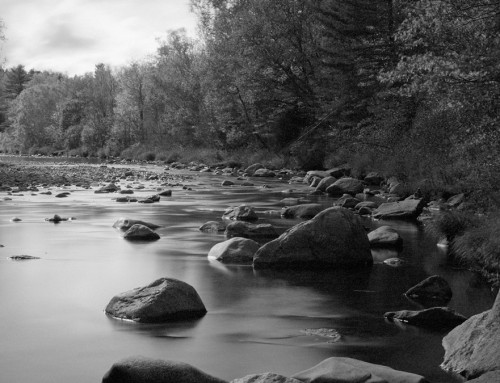Exposure is a non-destructive photo editor, so it will never alter the original photos when you edit. This video demonstrates how non-destructive editing works in Exposure. We show you how to locate the sidecar files, how to backup your photos and edits in a single step, and how to synchronize work across multiple computers.
Photo: Tony Sweet
Transcript
Nondestructive editing is a way of recording changes to images without modifying the image files. Instead, edits, organizing information, and even virtual copies are saved in small sidecar files near your photos. Changes are typically visible only in the application that made the edits. To produce a finished JPEG or TIFF images, it will need to be exported.
One of the key benefits of nondestructive editing is that you can undo changes anytime. This makes it easy to experiment with creative looks. At any time, the Reset button will revert to the original, unedited version if you want to start over completely.
The edits stored in sidecar files are sets of processing instructions and are much smaller than a finished photo, taking up little space on your computer’s hard drive Changes are saved automatically as you use Exposure, and are retained across sessions.
Right-click a photo and choose the Reveal in Finder option to view the images in a Finder window. Windows users will choose the Show in Explorer option to do the same thing.
Notice the Exposure Software folder next to my photos. Inside this folder is a sidecar file for each image that was edited in Exposure. Every folder with photos edited in Exposure has its own Exposure Software folder.
Exposure usually notices if files or folders are moved or renamed using another tool. This is an improvement over organizers based on catalogs, which immediately lose track of photos when you rename them.
Easy backups
Exposure’s use of sidecar files makes backups simple. Since your edits are stored with your images, you can back up photographs and edits in the same step using any tool that copies an entire folder. You can save a copy onto anything from a USB flash drive, a cloud service like OneDrive, or a hybrid system like Synology. To learn more, check out the archiving and backups video on our website.
Exposure’s design makes it easy to synchronize work across multiple computers. Edits can be synced using cloud storage like Dropbox. Saving your files to a shared Dropbox folder allows Dropbox to upload and sync sidecar files between multiple computers, so you can work on the same photo project from several locations. This works great when you’re editing from the road, or for collaborating with professional photo retouchers.
To sync your edits, use Exposure to move or copy photos to your Dropbox folder. Dropbox will automatically upload and sync the images and the sidecar files that store Exposure’s edits.


